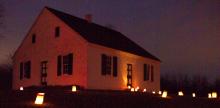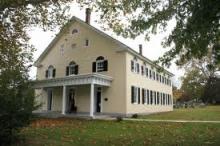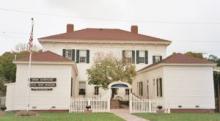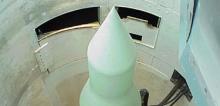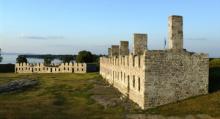Old Cape Henry Lighthouse

The architectural integrity of the tower is representative of one of John McComb's best and most important constructions. The Light also symbolizes the first bold steps the nation's new government took to fulfill its obligations to its people.
In early October, 1792, George Washington renewed his interest in the lighthouse and requested a list of applicants for the keeper. After review, Laban Goffigan, probably of Norfolk, became the first keeper to light the fish oil burning lamps of Cape Henry Lighthouse in late October. The new government completed its first federal work project and fulfilled its obligation to the sea travelers of the Virginia coast. The final cost of $17,700 exceeded the first estimate by $2,500. Over the years repairs and replacements to the lighthouse had to be made. During the Civil War, Confederate troops damaged the light so to render the Lighthouse useless for its enemies. However by 1863, Union troops repaired the equipment and used it to navigate the waters of the Chesapeake Bay.
The old Cape Henry Lighthouse continued to be a day marker for navigation. After decommissioning, authorities generally tore down lighthouses. However Cape Henry became a landmark, recognized for its historical significance as well as its architectural. On 29 April 1896, members of the Association for the Preservation of Virginia Antiquities (APVA) travelled from Richmond to place a tablet on the tower marking the first landing of the English colonists on Virginia's shores. Today, the APVA opens the Cape Henry Lighthouse to the public during the spring, summer and fall. Reconstructed after damage caused by Hurricane Barbara in 1953, the lantern is now constructed of bronze and copper. There are eight four by six sash windows on each face. Within view of the old Cape Henry Lighthouse is its 1881 replacement.
The new Cape Henry Lighthouse is equipped with electrical and mechanical systems which still guides sea traffic safely into the harbor. Further down the coast the Harbor Pilot Control Tower, a modern electronic station further aids the navigational traffic. From this point, officials track ships entering the Norfolk harbor.










